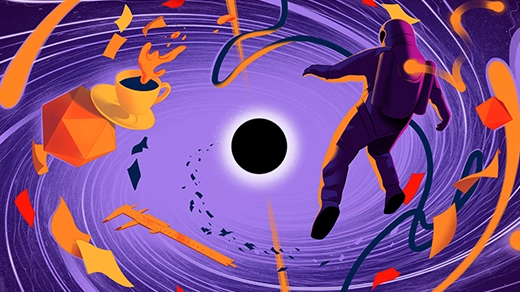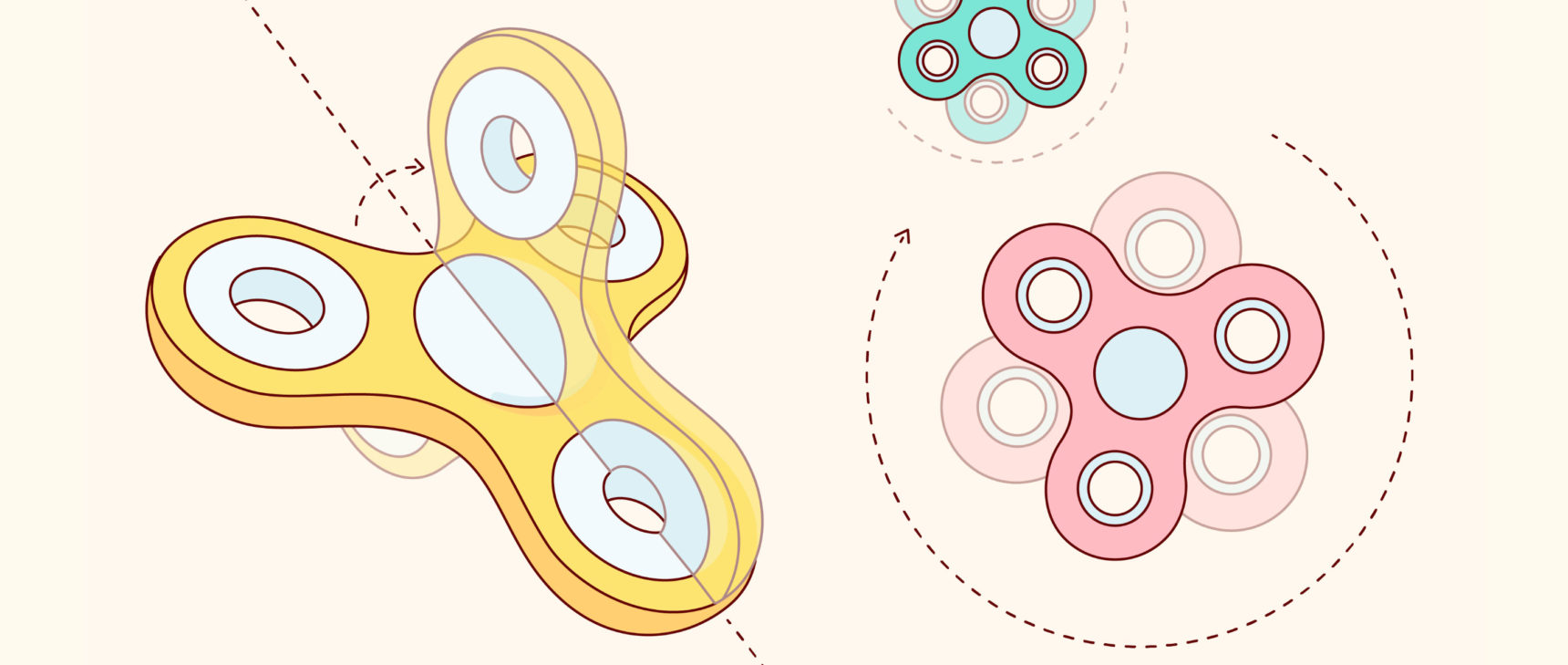Introduction
Janet Conrad is something of a collector. Her professional target is neutrinos — the elusive air-kissers of the subatomic world, blowing past ordinary matter with only the faintest of effects. But she also collects curios. Her office at the Massachusetts Institute of Technology is filled with physics-related items — giant spherical electromagnets and the like. And her home, where she does so much of her thinking, is consumed with collections of a different sort. “My home is a big curiosity cupboard,” she said, geologically layered with trinkets from her travels and seashell mementos of long-ago conferences by the beach. (“First, make sure there’s nothing living inside them,” she said of her shell-search strategies. “I’ve had the experience of picking up shells, and in the middle of the night, they get up and walk away.”)
Her collections are a mirror of her efforts to find a new structure in the subatomic world. “If you look at the moments where physics has moved forward,” she said, “it’s been when we made collections and then tried to find structures in the collections.” And while the official collection of the universe’s subatomic units was completed with the discovery of the Higgs boson in 2012, the puzzling properties of neutrinos, among other things, indicate that there’s more to the universe out there. She has spent much of her career seeking “sterile” neutrinos — members of a hypothetical fourth family of neutrinos that would interact with ordinary matter even less than their flighty cousins. These neutrinos, if they exist, would be the first fundamental particles that aren’t accounted for in the Standard Model of particle physics. They would point a way forward for theoretical physics in the 21st century. And as a bonus, they may even account for some of the universe’s dark matter.
Thus, the collector’s dilemma: How do you search for something so elusive that it may not even exist? Conrad brainstorms ideas with the members of her research group, then she goes home and thinks some more. When she’s stuck, she uses the items in her collections to give her mind a rest. “Sometimes you have to be diverted by something curious and fun,” she said. The shells “give you a place to move your mind away. And when I come back, I find I’m much more on track.”
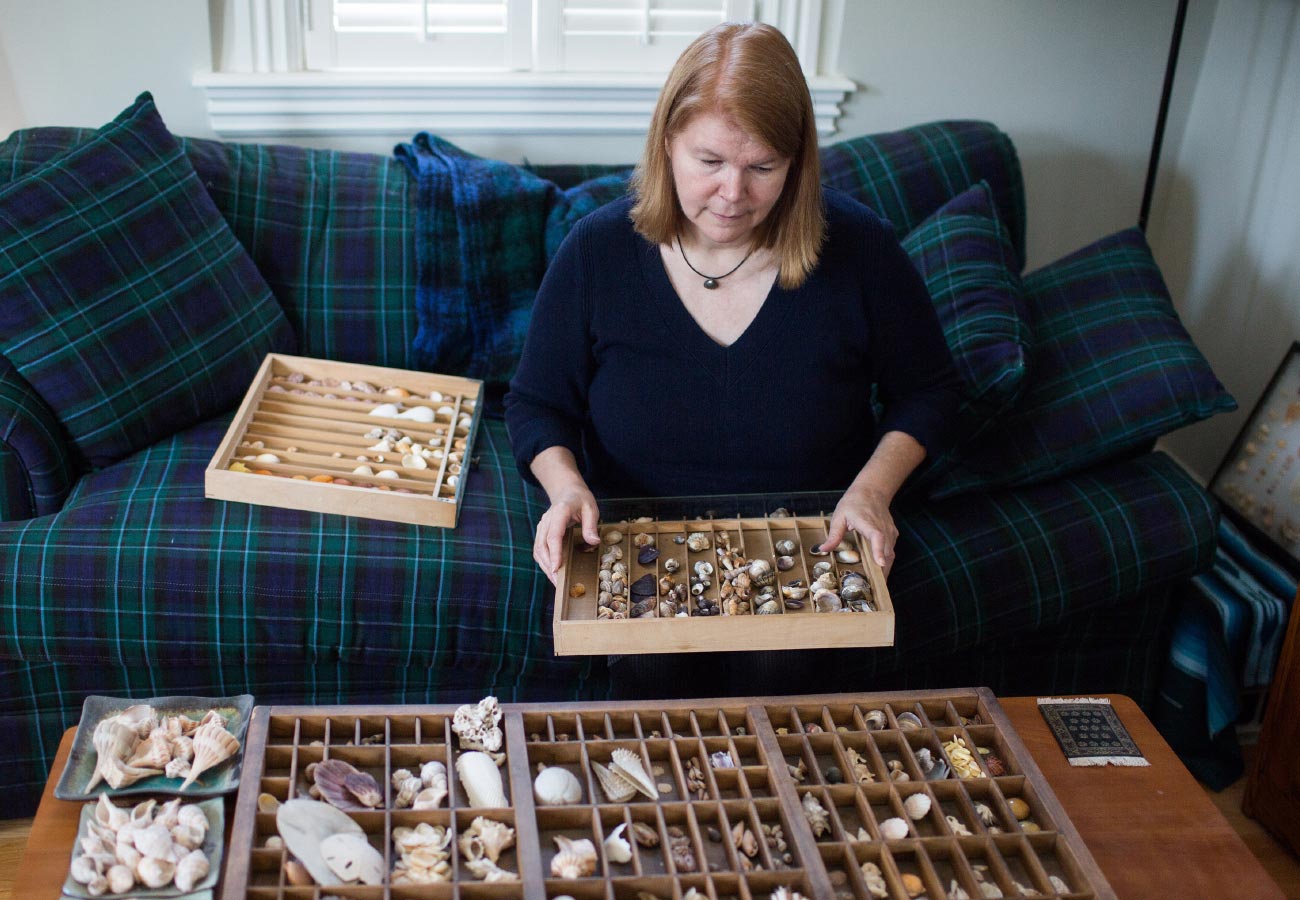
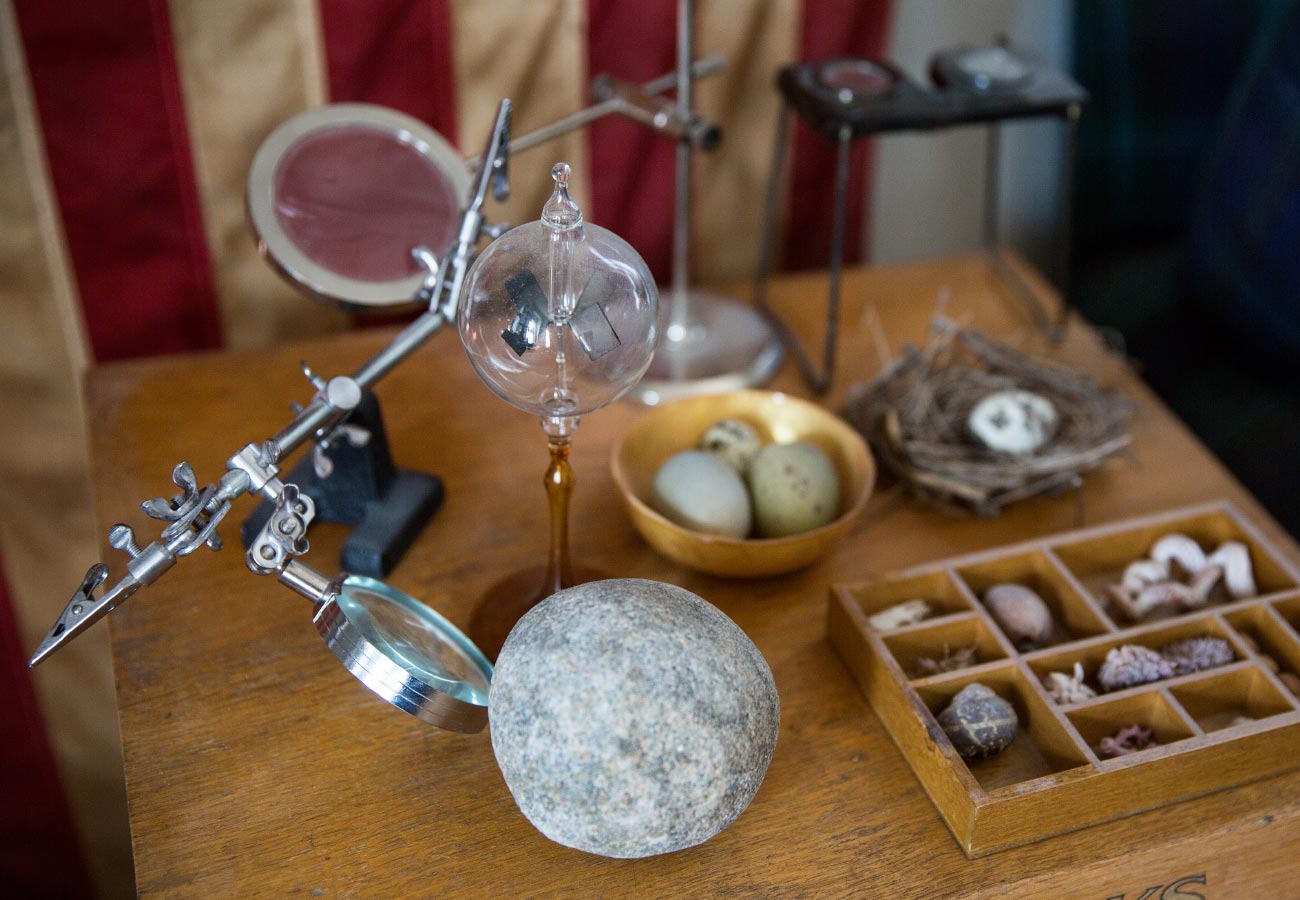

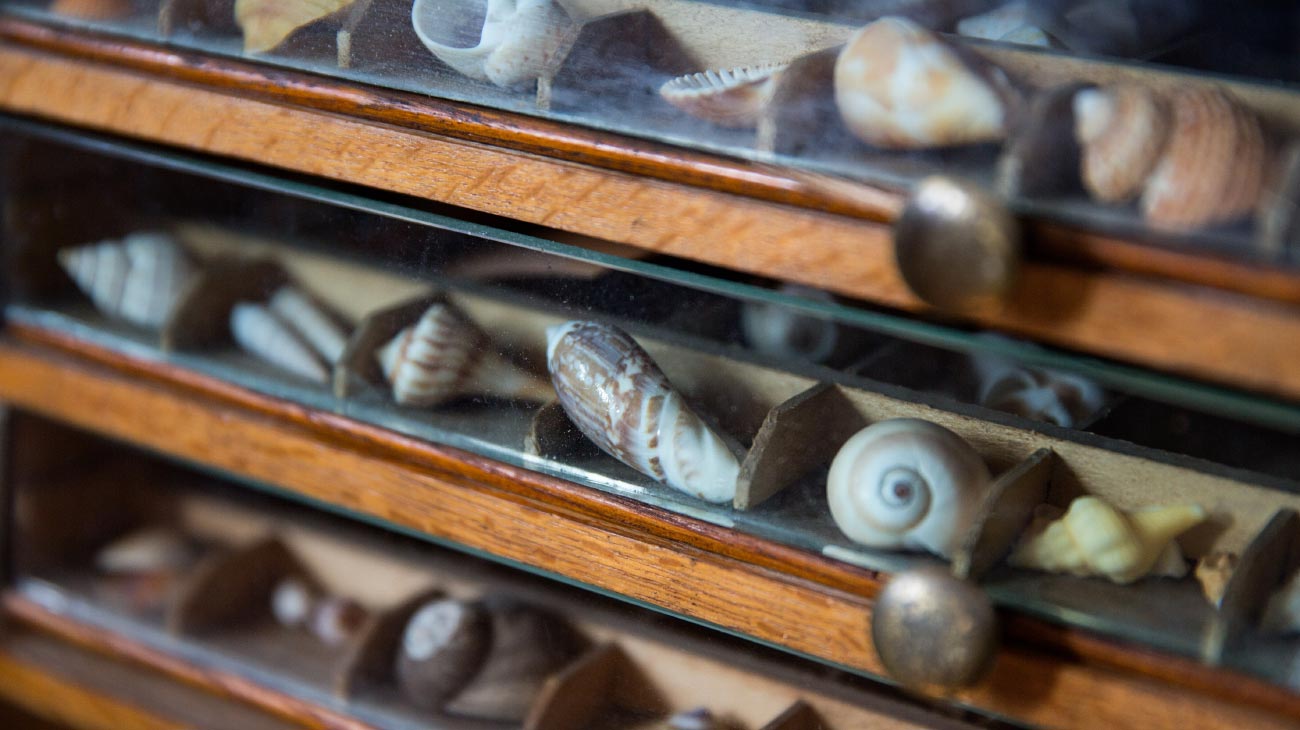
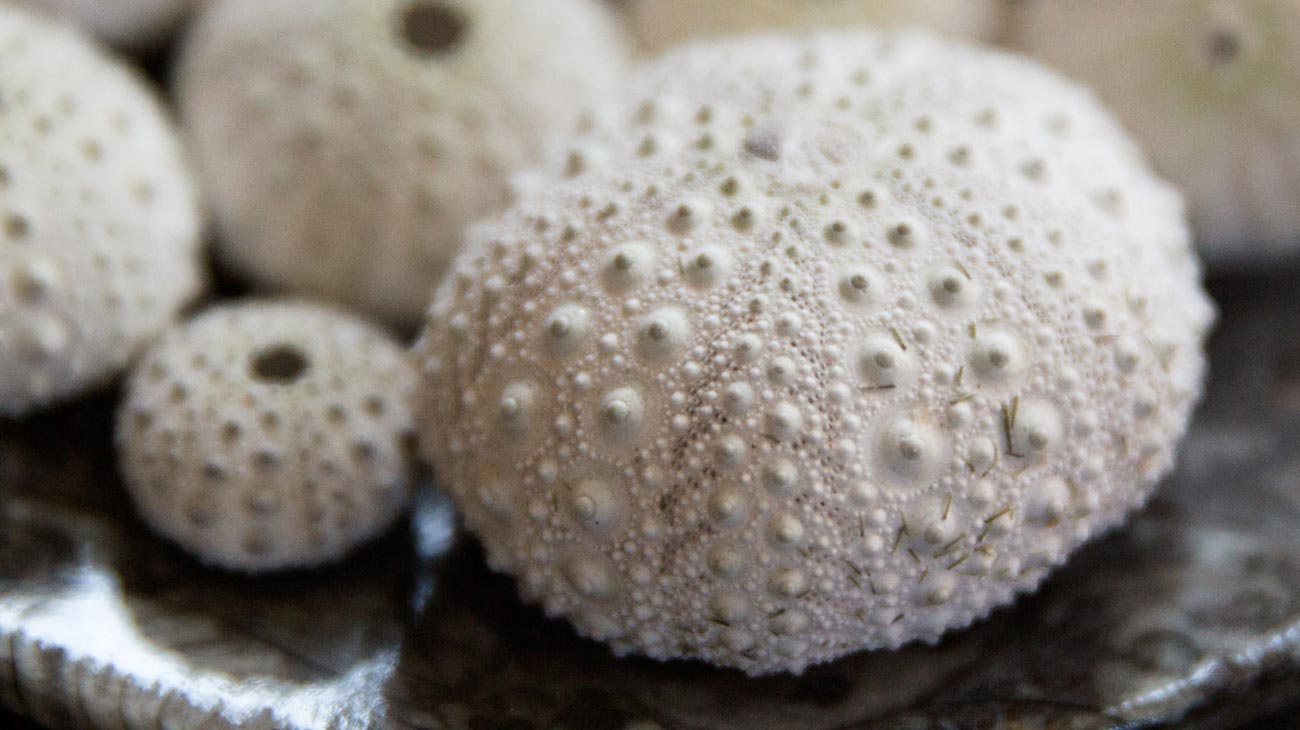
Kayana Szymczak (opens a new tab) for Quanta Magazine
She and her team are currently working on a number of projects, including the design for a proposed neutrino detector (opens a new tab). But right now, she’s most excited to develop new “deep learning” computational techniques to interpret images created by particle detectors. With luck, such strategies will eventually reveal a hidden structure lurking in the subatomic world.
“There’s great joy in nature telling you something,” she said. “And for a moment, only you know it, and it’s like finding a unique shell.”


